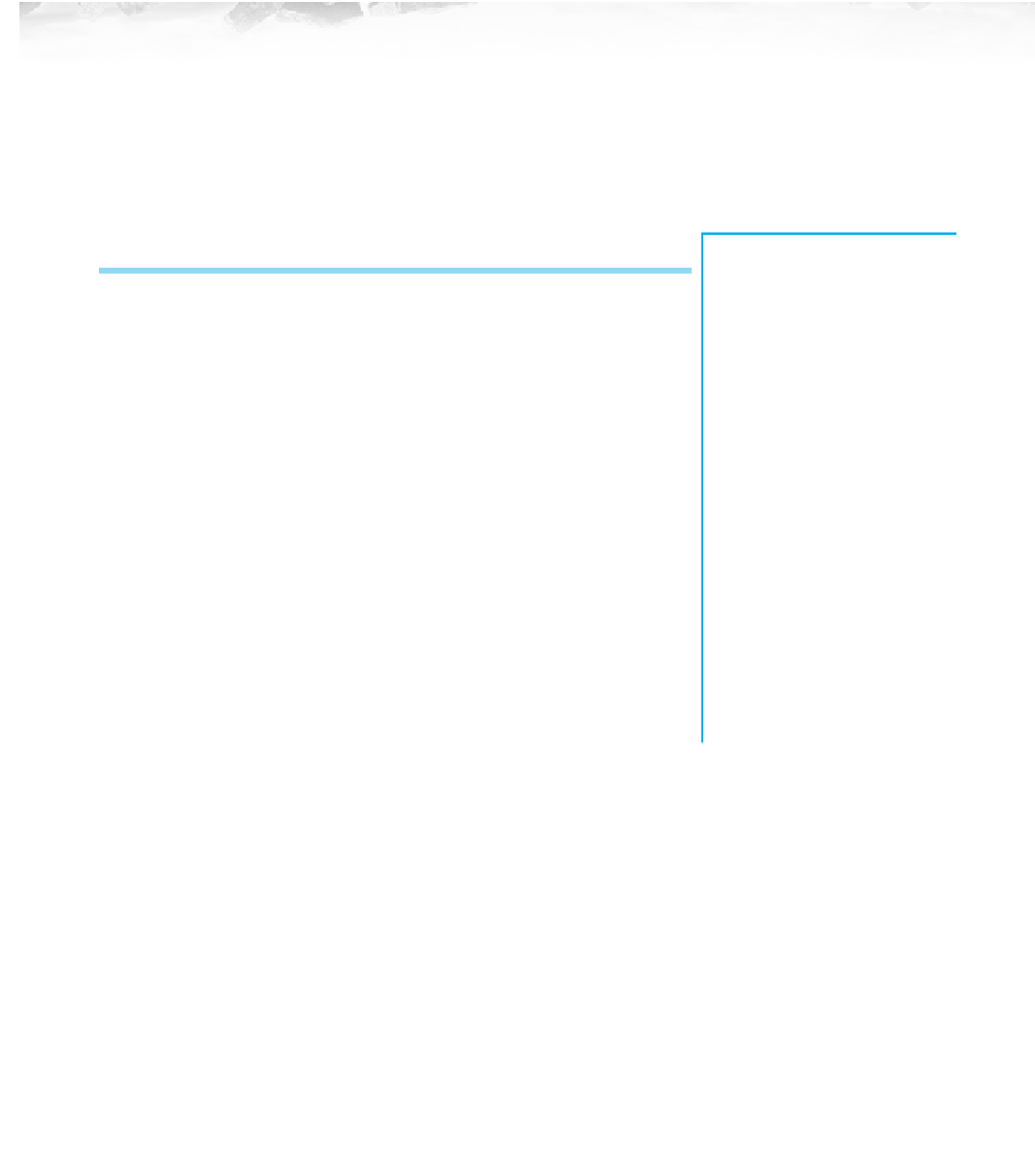Java Reference
In-Depth Information
Chapter
16
Introduction
Working with Nodes
16.1
Constructing a List
In the previous chapter, we explored how to build a list structure using an
array as the underlying storage mechanism. In this chapter we will explore
a different structure known as a
linked list
. Linked lists serve as a useful
contrast to arrays because their strengths and weaknesses are completely
opposite.And just as Java has an
ArrayList<E>
class as part of the col-
lections framework, it also has a
LinkedList<E>
class.
List Basics
Manipulating Nodes
Traversing a List
A Linked List Class
16.2
Simple
LinkedIntList
Appending
add
The Middle of the List
Even though Java provides an off-the-shelf implementation of a linked list,
it is useful to study how it is implemented because it will give you good
insights into the properties of linked lists. It is also important for you to
understand the concept of a linked structure.Almost all data structures
are implemented using some combination of arrays or linking or both,
which means that it is important to understand each approach.
A Complex List
Operation
16.3
Inchworm Approach
An
IntList
Interface
16.4
16.5
LinkedList<E>
Linked List Variations
Linked List Iterators
We will once again develop a structure for storing simple
int
values, as
we did with the development of
ArrayIntList
in the last chapter. Our
new structure will be called
LinkedIntList
. Keeping the data simple
will allow us to focus on the data structure issues and to learn how to
manipulate linked lists in general. Then we will explore some issues
related to interfaces. Finally, at the end of the chapter we will explore
how to turn the fairly simple
LinkedIntList
into a more general
LinkedList<E>
class.
Other Code Details
929

Search WWH ::

Custom Search